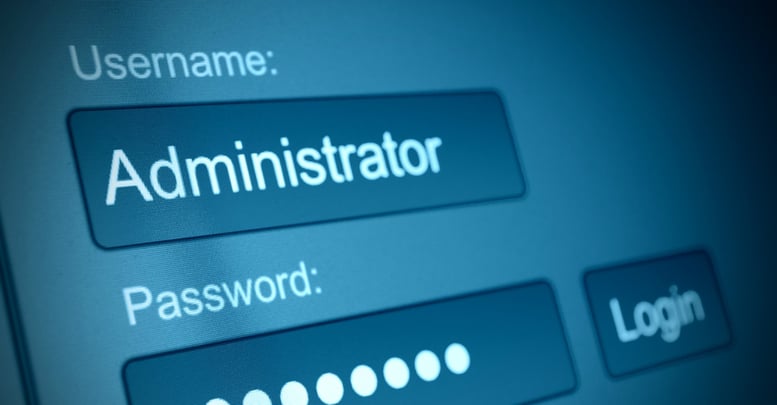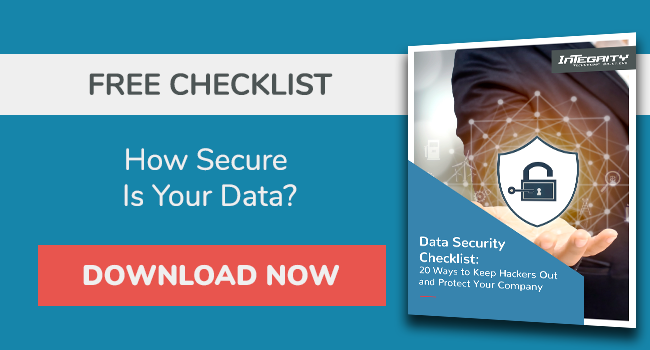It's Time to Review Passwords

The news that 500 million accounts were stolen from Yahoo should make anyone with an online account at least a little anxious. According to a Yahoo statement, “The account information may have included names, email addresses, telephone numbers, dates of birth, hashed passwords, and in some cases, encrypted or unencrypted security questions and answers.”
Do you have an active or an old Yahoo account? Do you use the same password on several sites? Once an email account and password fall into the hands of a cyber-criminal, they will attempt to login at social networking sites or other common web sites with the newly found email address and password. Additionally, the accounts will be easy targets for phishing schemes and other criminal activity. It is time to change your passwords.
One good way to protect your account is to use a passPHRASE, not a passWORD, and never use the same one on multiple sites. A passphrase may contain three or more short words, combined with some numbers and special characters. The purpose is to add length and complexity, while maintaining something that can be remembered and typed. Once example might be “Kiwi-Fruit1sG))D” – (Kiwi Fruit Is G00d, with a hyphen, 1 in place of a capital i, and the <shift> key pressed while typing the zeros). Use your imagination and your accounts will be better secured!
Too many passwords to remember? We commonly hear this comment when discussing good passwords during training sessions. There are secure tools available that can help with creating and maintaining passwords. While there are many high-quality and secure password tools, LastPass and Dashlane are commonly used. In addition to creating strong passwords, MultiFactor Authentication (MFA) is available on many social networking, email, and other commercial sites. Stay tuned and we will discuss MFA in a future article. For now, it is time to review your passwords!

